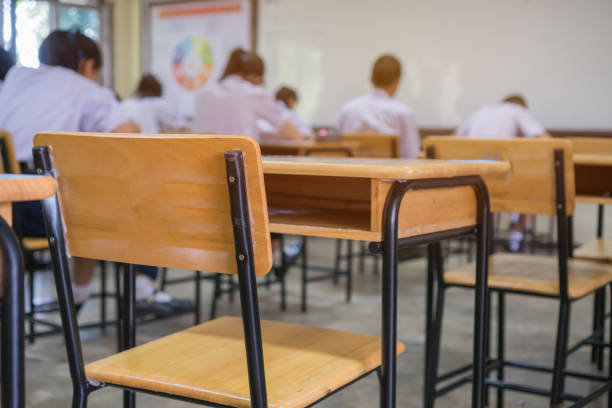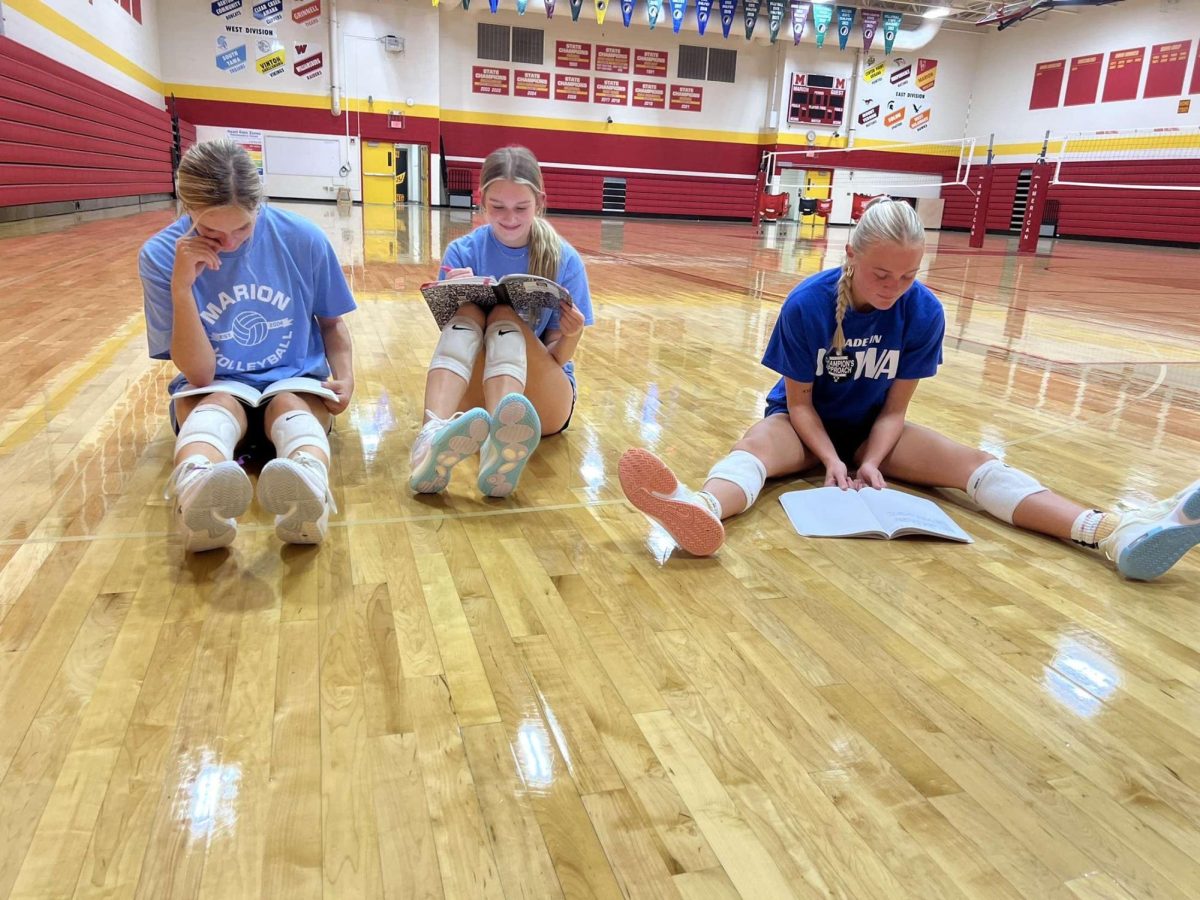As society evolves, the education system also changes. Iowa has recently passed new legislation to address the increasing number of school absences. State legislators aim to improve attendance accountability and responsibility by holding students and parents to higher standards. The measures are part of a broader effort to enhance the overall quality of education in the state and address the challenges arising from changing societal dynamics following the pandemic. However, many people think these laws may not fit well for every district resulting in both positive and negative consequences for families and administrators.
Numerous students and staff have vocalized confusion about how the laws work. Breaking it down, Senate File 2435 states, that if someone is gone for 10% of a 45-day grading period they are considered chronically absent. At this level, a letter needs to be sent to the county attorney, and a certified letter needs to be sent home. Next, at 15%, school officials will have a school engagement meeting. The student, school official, and parent or guardian must be present. Inside the meeting, an absenteeism prevention plan will be created and signed. While creating this plan, they will try and understand the cause of a child missing school and remove barriers moving forward. Truant/truancy means someone is absent from school for any reason for at least 20% of the days in an established grading period (absent for nine days of a quarter). According to the new law, students are then subject to supervised study hall, detention, suspension, and/or expulsion. It is within the discretion of the principal to determine what the actions will be. There are only a few exemptions from the rule, including providing a doctor’s note, a reoccurring medical appointment like therapy, some religious exemptions, and a few legal reasons.
At the high school, it seems the law has received both negative and positive feedback from students. Hannah Sinks, sophomore, thinks that instead of motivating people to come to school, it is just forcing them. Sinks said, “I don’t think it’s fair, especially for students that deal with mental health.” She believes that taking a day off from school should be normalized. Relating to the reason for her absences, Sinks said, “Most of the time when I’m gone, it helps and when I come back, I do better.” Sinks also voiced concerns about how this will affect her family. She said, “I don’t want my parents to go to jail over me or my siblings may have to be separated.” To help lower the number of days she misses, Sinks is working on getting up earlier. She said, “I’m going to try to wake up earlier to get to school on time because that’s a really big issue for me. I also feel like school starting later in the day would help a lot.”
From a school official’s perspective, Chris Raymond, the assistant principal here at the high school, believes that attendance last year was a growing issue that needed to be addressed. Raymond said, He expressed concerns about the policy in high school compared to elementary and middle school. Raymond said, “I think the law was to wrangle in elementary and middle school, but when you get into high school where students have open campus it gets a little tricky.” Raymond thinks the law puts too much weight on parents instead of the students at the high school level. He said, “I’ve had moms call and say, ‘what do you want me to do?’ They can’t physically get them in the car unlike a young child.” However, he feels the program has more positives than negatives and thinks it will help parents and students realize how often they are being called out. He has plans to give out prizes to kids who fit the state’s guidelines. He said, “We’re going to put rewards out there. I don’t think they will solve the problem of getting someone here that isn’t here that often, but I think rewards are important for those that have good attendance.”
The concerns raised by everyone highlight that the need to improve attendance should be coupled with support systems that address the underlying issues, fostering a more inclusive and supportive educational environment for all individuals. The new law is the first step in coming together to address the common goal.









